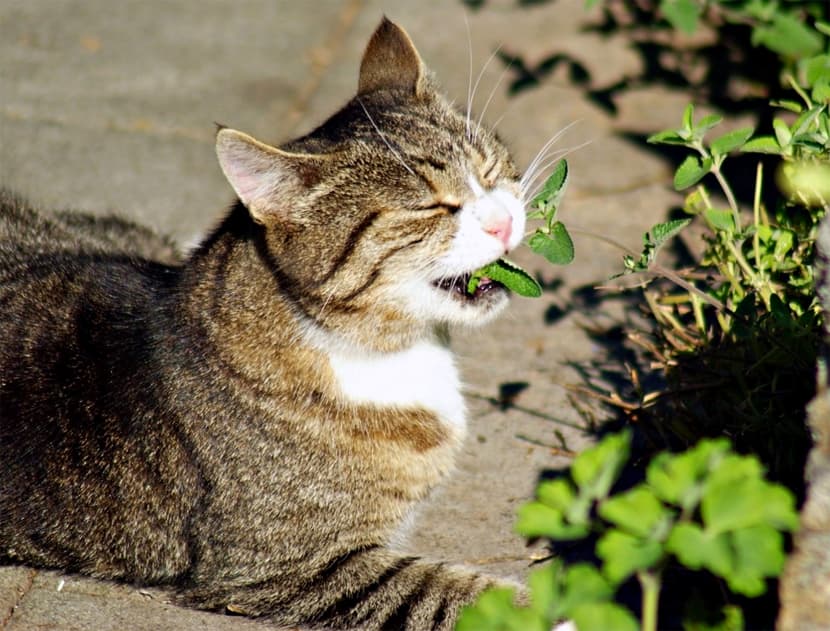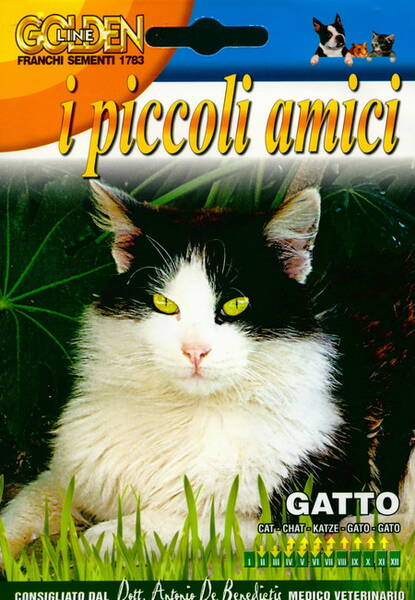A perennial plant with a lemon smell and a spicy-bitter taste. The stem is tetrahedral, erect, velvety-pubescent, 40-120 cm high. The leaves are triangular-heart-shaped, coarsely toothed, grayish from below due to dense pubescence. The flowers are whitish, small, collected in paniculate spike-shaped inflorescences.
Blooms in June-August.
For medicinal purposes, grass (stems, leaves, flowers) is harvested in June-August. The infusion is used to improve appetite, with anemia, biliary and gastrointestinal colic, restless sleep, etc. Outwardly - in the form of a compress for boils, abscesses.
Cold-resistant, winter-hardy and very unpretentious perennial with an indescribable lemon-mint aroma! The scent is very strong and refreshing!
The plant is raised, with sultan-shaped inflorescences. The leaf is medium in size, triangular-ovoid, bluish-green, large-toothed, slightly wrinkled, with slight pubescence.
It is recommended for fresh and dried use as a condiment, as an additive to tea and for making sauces. Blooms in the 1st year of life. The flowers are white, collected in a false whorl. Inflorescence at the ends of the stems in the form of a brush, 6-14 cm long. The weight of one plant is 30-40 g.
The erect stems form a branched bush, all parts of which have a strong and pleasant aroma of lemon with light notes of geranium. Contains many essential oils. In fresh and dried form, it is used as a spice, seasoning for salads, to flavor tea and other drinks. Decoctions and infusions with catnip have medicinal properties.
Lemon catnip has long been known throughout Europe. It grows both in meadows and in forests. Plant height up to 1 m, which blooms with white-blue inflorescences. Catnip flowers attract butterflies and bees, as it is an excellent honey plant.
Catmint needs loose soil without stagnant moisture. Does not tolerate heavy soils!
If the groundwater in your area is too close to the surface, then make high beds. Also choose sunny places, because plant loves warmth very much, and it winters well - even without shelter.
Still, it is preferable to grow lemon catnip through seedlings (in March), although it is not forbidden to sow seeds immediately in open ground.
Sprouts appear within a week, but develop slowly at first. This is due to the fact that during this period the root system is more actively formed. At the stage of 2 true leaves, dive the sprouts, and plant the formed strong seedlings in a permanent place at the end of spring.
Catmint can be fertilized from time to time with low concentrated doses of fertilizers.
You can plant it not only solo, but also decorate it with a rock garden or the side of flower plantings.
And, if you do not have a garden, then grow it in home pots!
Kotovnik is grown both through seedlings and direct sowing. Seedlings are sown for seedlings in mid-March, April, planting in the ground is carried out in May, June. Sowing seeds in open ground - from May to October (before winter). The distance between plants in a row is 10-15 cm, then thinned out, leaving 25-30 cm. The distance between rows is 40-60 cm. It grows in one place for 5-6 years. The yield of green mass is 1.7-1.8 kg / sq.m.

Hardy Herbaceous Perennial.
Flowers: Summer.
Height: 36 inches.
Position: Sun or Partial Shade.
Ideal For: Border, Edging.
Germination: Easy.
Aftercare: Easy.
No cat should be deprived of this! Their reaction to the aromatic silver grey foliage is fascinating. Flower spikes of violet spotted white.
Sowing Instructions. Sow spring to autumn in good free draining seed compost, just covering the seed with compost.
Germination usually takes 7-21 days at +16+20°C. The seed can also be sown in spring where it is to flower in a well raked moist seed bed.
Growing Instructions: When the seedlings are large enough to handle transplant into 8 cm pots, grow cool and finally plant out 30 cm apart into a sunny spot in free draining soil.
Aftercare Instructions: Overwinter autumn sown plants in a well ventilated coldframe and plant out in spring.
Eng.: Catmint. Suom.: Aitokissanminttu, kissanminttu. Sven.: Kattmynta. Bot. syn.: Cataria vulgaris Moench.












